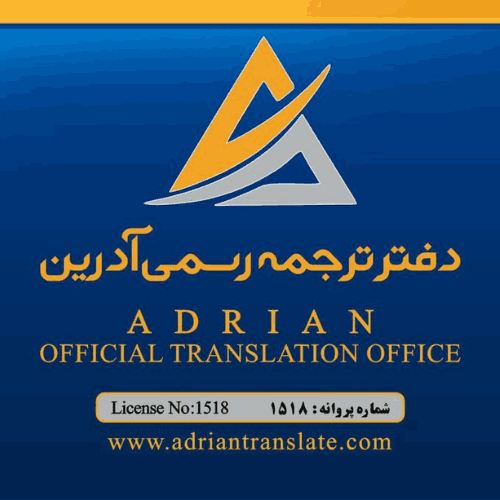Creating a Glossary for Consistent Translations

본문
When working on large-scale translation projects, consistency is the key to maintaining a uniform brand voice and preventing potential confusion. A valuable asset can be an invaluable tool in achieving this goal, providing a centralized repository of terms and definitions that ensure all translations align with the required tone and style. In this article, ترجمه رسمی در غرب تهران we will explore the key steps involved in creating a glossary for consistent translations.
Determine the Scope and Purpose of Your Glossary
------------------------------------------------
Before embarking on the creation of a glossary, it is essential to define its scope and purpose. This will help you focus on the most critical terms that need to be included and ensure that all stakeholders are on the same page. Ask yourself questions such as: What languages will the glossary cover? Will it include cultural references and colloquialisms? What is the expected output format for the glossary?
Establish a Standardized Glossary Format
-----------------------------------------
Once the scope and purpose of the glossary have been defined, it's time to establish a consistent approach for organizing and displaying the terms. This may include setting guidelines and protocols for term length, formatting, and categorization. You should also decide whether the glossary will include examples and explanations. A consistent approach will facilitate easier navigation and use of the glossary.
Gather and Review Existing Resources
-------------------------------------
To create a comprehensive glossary, it's crucial to gather existing resources and materials from various sources, including previous translations, style guides, and in-house documentation. Review these resources carefully, looking for common terms and definitions that can be used as a foundation for the glossary. This step will also help you identify any areas where clarification and standardization are needed.
Collaborate with Subject Matter Experts
-----------------------------------------
A glossary is most effective when created in consultation with industry professionals who possess in-depth knowledge of the field or industry being translated. These experts can provide essential insight into cultural nuances and references that may not be immediately apparent. By engaging with subject matter experts, you can ensure that the glossary accurately reflects the complexities and subtleties of the source language.
Store and Maintain the Glossary Database
The glossary should be stored in a shared document that is easily accessible to all team members. This will ensure that everyone has access to the most up-to-date and accurate definitions. Regularly review and update the glossary to reflect evolving language preferences in the source language, updates in the source language, or new terms that have been added.
Best Practices for Implementing a Glossary
------------------------------------------
To maximize the effectiveness of the glossary, it's essential to implement the following standards and protocols:
Integrate the glossary into the translation workflow to ensure that all translations adhere to the designated standards.
Integrate the glossary into the translation workflow in all languages.
Regularly review and update the glossary to reflect changes and updates in the source language.
Make the glossary available to all team members for easy access and reference.

Conclusion
----------
Creating a comprehensive glossary for consistent translations requires careful consideration of the range and goals, unified system, and collaboration with subject matter experts. By following these steps and best practices and guidelines, you can establish a reliable reference point for all translations, ensuring a uniform brand voice and consistent quality across languages. Remember that a glossary is a evolving tool, and it should be regularly reviewed and updated to reflect new terminology and definitions.

댓글목록0
댓글 포인트 안내